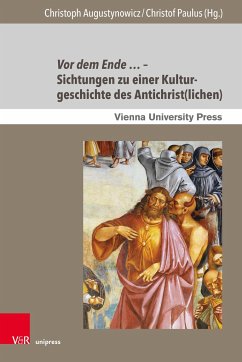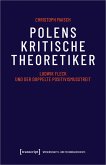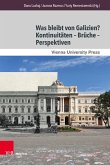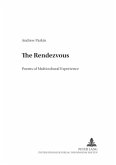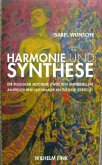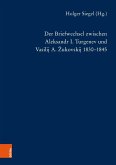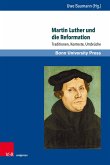Die Figur des Antichrist ist auch Echokammer der Heiligkeit, aus der kollektive wie individuelle Ableitungen und Legitimationen für gewalttätiges Handeln gezogen werden und wurden. In der jüngsten Forschung erleben die Themen »Heilige« und »Heiligkeit« in ihren vielschichtigen Ausprägungsformen auf den (Herrschafts-)Alltag eine ausgesprochene Konjunktur. Der dadurch profilierte Heilig(en)-Diskurs bliebe aber unvollständig, würde man nicht auch auf das unheilige und damit kontrastierend-profilierende, eben im Antichrist metonymisch fassbare Gegenteil schauen. In diesem Sinne verbindet der vorliegende Band exemplarische Tiefenschürfungen und transkulturelle Perspektiven miteinander und setzt damit Impulse für ein weiterführend forschungstaugliches methodisches Instrumentarium.
The figure of the Antichrist is likewise an echo chamber of the holiness from which both collective and individual derivations and legitimations for violent actions were and have been drawn. In recent studies, the "saint" and "holiness" in their various manifestations on the daily (ruling) routine have gained significant momentum. The hereby profiled discourse of saints would yet be incomplete if one did not consider the unholy and therefore regard the contrasting-profiling and the Antichrist metonymically tangible contrast, respectively. In this sense, the present volume combines not only examples of in-depth analysis and transcultural perspectives but also sets marks for further methodological research instruments.
The figure of the Antichrist is likewise an echo chamber of the holiness from which both collective and individual derivations and legitimations for violent actions were and have been drawn. In recent studies, the "saint" and "holiness" in their various manifestations on the daily (ruling) routine have gained significant momentum. The hereby profiled discourse of saints would yet be incomplete if one did not consider the unholy and therefore regard the contrasting-profiling and the Antichrist metonymically tangible contrast, respectively. In this sense, the present volume combines not only examples of in-depth analysis and transcultural perspectives but also sets marks for further methodological research instruments.

